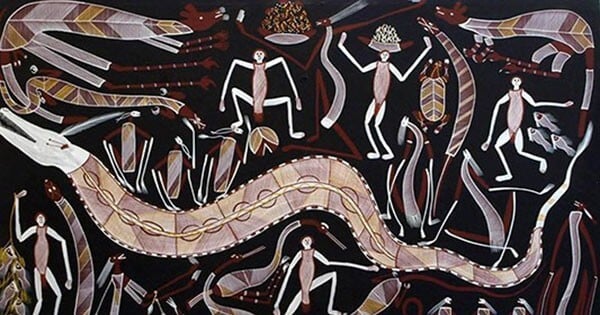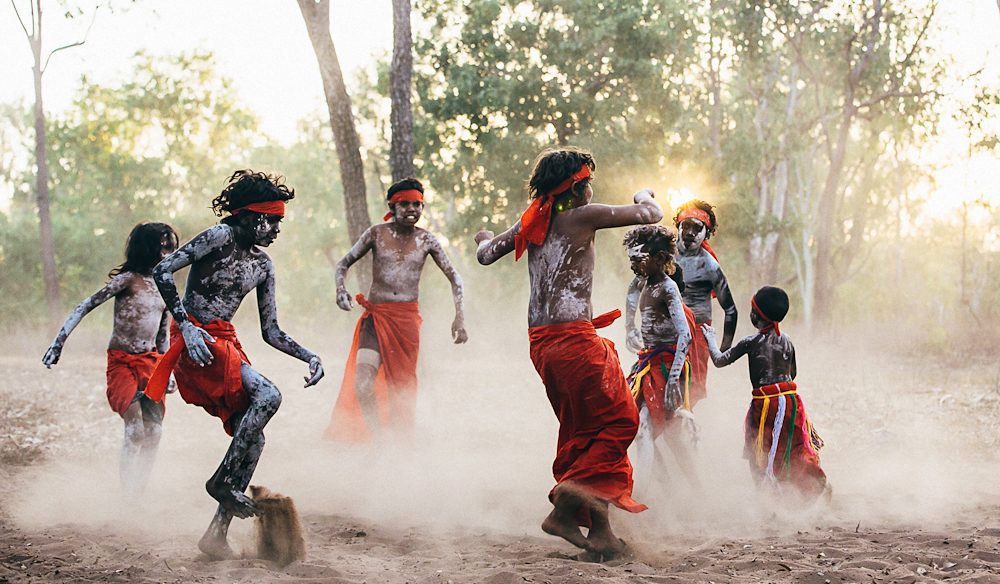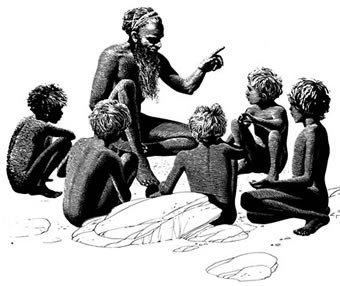The Enduring Legacy: How Aboriginal Beliefs Like the Dreaming Shape Contemporary Society
The Enduring Legacy: How Aboriginal Beliefs Like the Dreaming Shape Contemporary Society

The Aboriginal people of Australia are the oldest continuous culture on Earth, with a history spanning over 65,000 years. Their beliefs, traditions, and spirituality, particularly the concept of the Dreaming, have profoundly shaped their society and continue to resonate in contemporary Australia. This article explores the enduring influence of the Dreaming on Aboriginal culture and its impact on modern society.
The Dreaming: A Cosmic Blueprint
Related Articles: The Enduring Legacy: How Aboriginal Beliefs Like the Dreaming Shape Contemporary Society
- The Didgeridoo: A Deep Dive Into Australia’s Iconic Instrument
- Unveiling The Rich Tapestry Of Australian Tribe Names: A Journey Through Indigenous Culture
- Breaking Barriers: The Challenges Faced By Eddie Gilbert, Aboriginal Cricket Legend
- Unveiling The Timeless Tapestry: Exploring The Ancestral And Creation Myths Of Aboriginal Australia
- The Intricate Tapestry Of Skin Names: A Journey Into Aboriginal Culture
The Dreaming, also known as the "Tjukurpa," is not merely a belief system; it’s a living, breathing entity that encapsulates the very essence of Aboriginal existence. It’s a complex tapestry of stories, songs, dances, and rituals that narrate the creation of the world, the origins of human beings, and the interconnectedness of all things.
The Dreaming stories are not simply myths; they are considered historical accounts of the ancestral beings who shaped the land, its features, and its inhabitants. These stories are passed down through generations, ensuring the preservation of cultural knowledge, societal values, and spiritual understanding.
Impact on Society: A Tapestry of Interdependence
The Dreaming has shaped every aspect of Aboriginal life, from social structures to land management practices. Here are some key impacts:
- Social Structure and Identity: The Dreaming defines kinship systems, social responsibilities, and individual roles within the community. It emphasizes the importance of family, clan, and nationhood, fostering a sense of belonging and shared responsibility.
- Land Management and Sustainability: The Dreaming dictates a profound respect for the land, recognizing its inherent value and spiritual significance. This respect translates into sustainable practices like fire management, resource conservation, and a deep understanding of the delicate balance of ecosystems.
- Art and Culture: The Dreaming is the driving force behind Aboriginal art, music, and dance. Through these mediums, stories are told, cultural knowledge is passed on, and spiritual connections are strengthened.
- Law and Morality: The Dreaming provides a framework for ethical conduct, outlining rules and responsibilities that govern interactions within the community. It emphasizes respect for elders, elders’ wisdom, and the importance of community harmony.

The Dreaming in Contemporary Society
The Dreaming continues to exert a powerful influence on Aboriginal society today. Here are some key examples:
- Cultural Revival and Reclamation: In recent decades, there has been a resurgence of interest in the Dreaming, as Aboriginal communities strive to reclaim their cultural heritage and assert their identity. This has led to the establishment of cultural centers, the revival of traditional arts and crafts, and the development of educational programs that teach younger generations about their cultural heritage.
- **Land Rights and Native



Closure
Thus, we hope this article has provided valuable insights into The Enduring Legacy: How Aboriginal Beliefs Like the Dreaming Shape Contemporary Society. We thank you for taking the time to read this article. See you in our next article!


